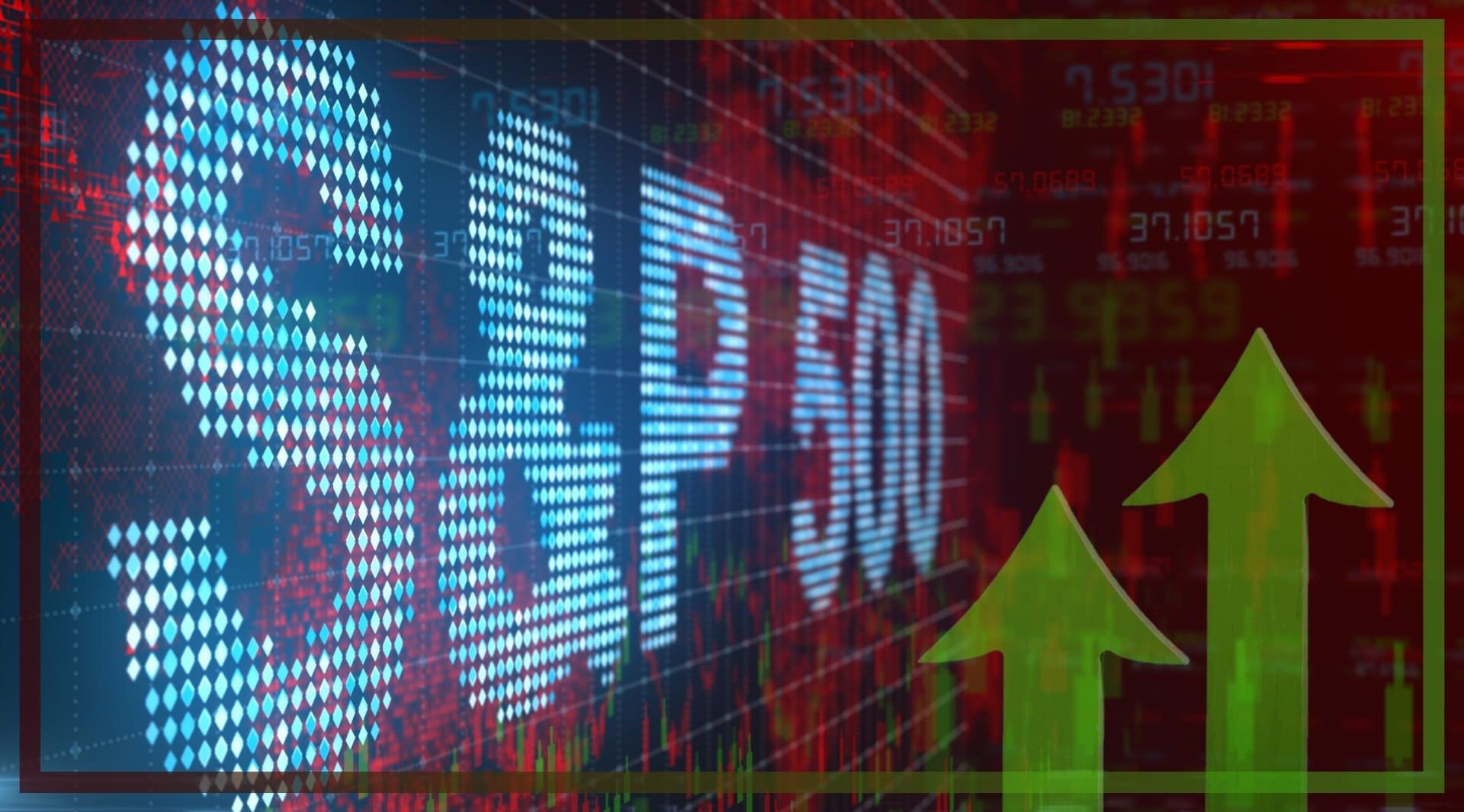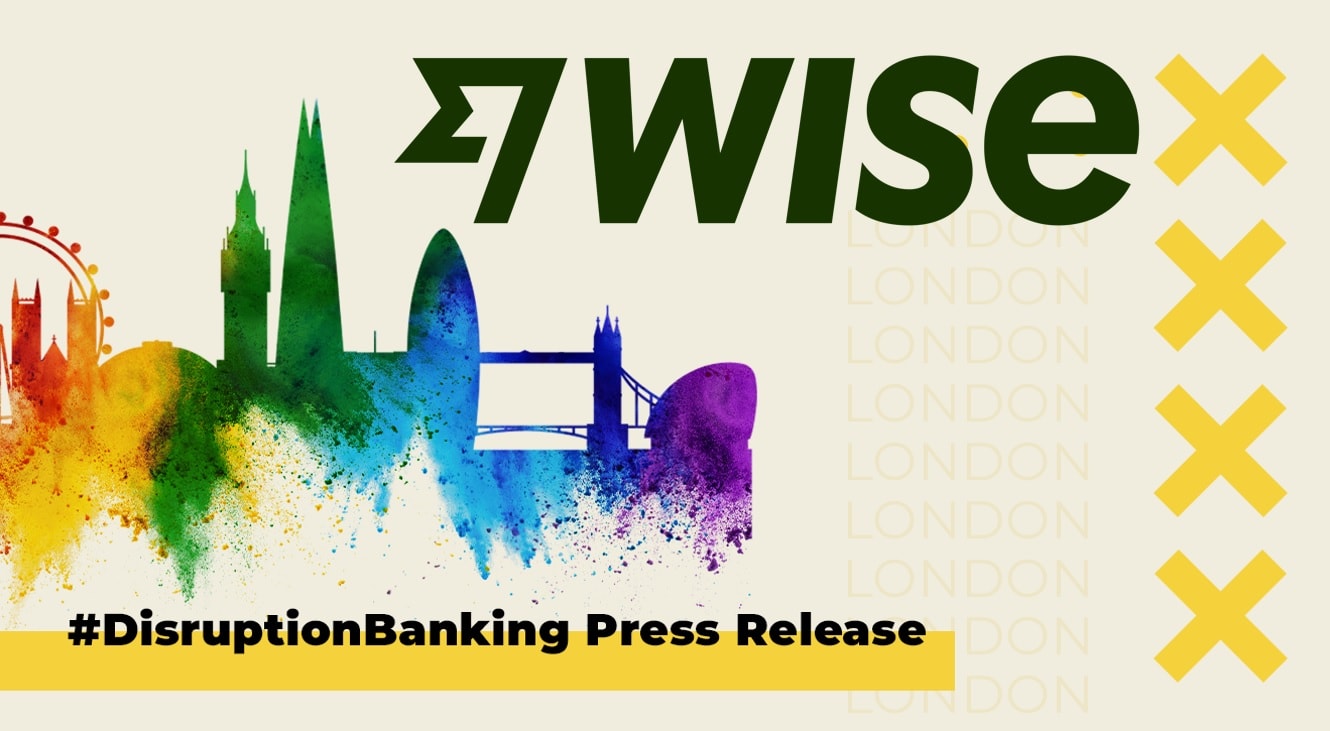The S&P 500 index, which is one the world’s most closely followed stock market indices, has performed remarkably well in the year-to-date (YTD), recording double digit gains of 16.36% at time of writing. Widely regarded as the best single gauge of large cap US stocks, the S&P 500 tracks the performance of the 500 leading publicly traded companies in the US.
The index’s strong performance this year is a reflection of the renewed investor interest in US stocks, with other major indices that track US stocks such as the Nasdaq Composite and the Dow Jones Industrial Average having recorded similarly strong gains. The Nasdaq Composite, which tracks more than 2,500 companies listed on the tech-heavy Nasdaq exchange, is up 31.10% YTD after recording the best first half of the year since 1983. The Dow has edged up 5.96% YTD.
Nasdaq records best start to year in four decades
— Mo Hossain (@MoHossain) June 30, 2023
Tech-dominated index rises 32% in first half of 2023 as investors bet on AIhttps://t.co/7NmeF0pYmZ pic.twitter.com/dAfeEM7ccs
The Credit Goes to Central Banks
The strong performance of US equities this year marks an incredible reversal of fortunes from 2022, when US stocks slumped to register the worst yearly performance since the 2008 Global Financial Crisis. The S&P sank 19.4% in 2022, while the Nasdaq fell by 33.1% after investors sold off US and global stocks. Last year’s sell-off was primarily fuelled by the record global inflation that prompted the US Federal Reserve, and other central banks around the world, to implement one of the most aggressive interest rate hiking cycles in history.
The inverse correlation between interest rates and stock market performance is well documented by economists, with stocks generally rising during times of low rates and falling during times of high rates. This dynamic played out in 2022 when interest rates increased aggressively and stocks cratered in response. It is playing out yet again in 2023, but this time, stocks are rising as investors price in the prospect of imminent interest rate cuts amid cooling inflation.
With most economic reports indicating that global inflation is cooling, investors’ expectations of an imminent end to the current rate hiking cycle have powered US and global stock markets through several major headwinds in 2023. Notable headwinds include the failure of four US banks between March and July and the debt ceiling standoff that had markets on edge in the first half of the year.
The debt ceiling standoff in particular was a major risk for stocks and the broader financial markets, with US Secretary of the Treasury Janet Yellen warning in May that the US defaulting on its debt would “break markets” and lead to an unprecedented “economic and financial storm.” While the worst was averted on June 3rd, after President Biden signed the Fiscal Responsibility Act of 2023 suspending the debt limit until 2025, the fact that markets continued on their upward march unfazed by the possibility of US debt default goes to show the outsized influence that expectations of imminent changes to interest rates have on financial markets.
BREAKING: With just two days to spare, President Joe Biden has signed legislation that lifts the nation's debt ceiling, averting an unprecedented default on the federal government’s debt. https://t.co/o5Nsqlf2D5
— The Associated Press (@AP) June 3, 2023
Artificial Intelligence and Tech Lead the Way
If central banks in the US and around the world respond to the cooling inflation with looser monetary policy in coming quarters, it is likely that US stocks will continue on their upward trajectory. In this case, investors who buy into the stocks currently leading US markets higher could potentially be rewarded. So far, the stocks that have been leading the way in 2023 are predominantly in the tech sector, with most of them having some form of exposure to the trendy Artificial Intelligence (AI) space.
AI became a buzzword earlier in the year thanks to the wild success of OpenAI’s generative AI application, ChatGPT. However, AI has many applications beyond generative AI and tech companies have in recent years been falling over each other to launch AI powered solutions and tools for different industries.
Some names that have performed exceptionally well as a result of the AI hype include chipmaker Nvidia, which has rallied on expectations that its chips will power this AI revolution. Nvidia is up 197%YTD. Other beneficiaries of the AI trend include C3.Ai (+196% YTD), Taiwan Semiconductor Manufacturing (+21% YTD), Alphabet (+45%), and Microsoft. Other big tech names that have performed well in 2023 without the help of the AI hype include the world’s most valuable company by market cap Apple (+42% YTD), which is trading near record highs, electric vehicle maker Tesla (+124% YTD), social media giant Meta (+144% YTD), and ecommerce leader Amazon (+60%).
Another notable trend in markets this year is that investors have adopted a risk-on attitude, which has boosted the performance of riskier speculative assets such as Bitcoin. The largest cryptocurrency is up 77.5% YTD as sentiment continues to improve among large asset managers such as Blackrock, Fidelity, and Invesco, who have all applied to launch spot Bitcoin exchange traded funds (ETFs) with the Securities and Exchange Commission (SEC). The interest of large institutions in Bitcoin is seen as a bullish sign considering many of these same institutions were consistently skeptical of the cryptocurrency in the past.
Bitcoin’s bullish run in 2023 has been a boon for crypto related stocks with the likes of Microstrategy rallying 160%, Coinbase going up by 151%, and Bitcoin miner Marathon Digital Holdings rising an unbelievable 356%.
JUST IN: $9 trillion asset manager BlackRock CEO says crypto is digital gold and "#Bitcoin is an international asset." pic.twitter.com/x0NGcBdzA2
— Watcher.Guru (@WatcherGuru) July 5, 2023
Mixed Outlook Despite Rally
While US stock markets may continue their strong performance, the future is anything but certain and a number of risks linger. The main one is the likelihood of a recession as inflation cools and economic growth slows amid historically high rates. Recessions tend to impact corporate earnings, leading to a decline in stock prices.
The other potential risk to the current rally in US stocks is stretched valuations. When stock prices increase at a faster pace than corporate earnings, key valuation multiples such as price to earnings (P/E) ratios and enterprise value to earnings before income tax, depreciation and amortization (EV/EBITDA) ratios increase. Historically, high valuations can only be maintained if earnings grow fast enough to catch up with stock prices. P/E ratios have expanded this year amid the bullish run. Investors could therefore sell off US stocks if the outlook for future earnings growth sours due to any number of factors, including a potential recession.
In conclusion, stocks could continue rising if inflation falls and central banks loosen monetary policy. A recession, however, could lead to slower earnings growth, which would in turn make the higher valuations unjustifiable and lead to sell-offs.
That said, for investors interested in investing in stocks over the long-term, getting too caught up in speculation about the economic cycle can be an expensive mistake. Market-beating returns are often generated by carefully analyzing the businesses behind the stocks you aim to buy and ensuring that these companies have solid financials, resilient balance sheets, and great products and management — and then buying them when valuations are appealing relative to future earnings potential. Valuations are key because missing the peak of a bullish cycle can lay waste to your portfolio.
Author: Acutel
We are global investors who invest in good companies at fair valuation and speculate on all else subject to the risk exposure we can afford.
#FinancialMarkets #US #Inflation #InterestRates #AI #Crypto #Bitcoin














